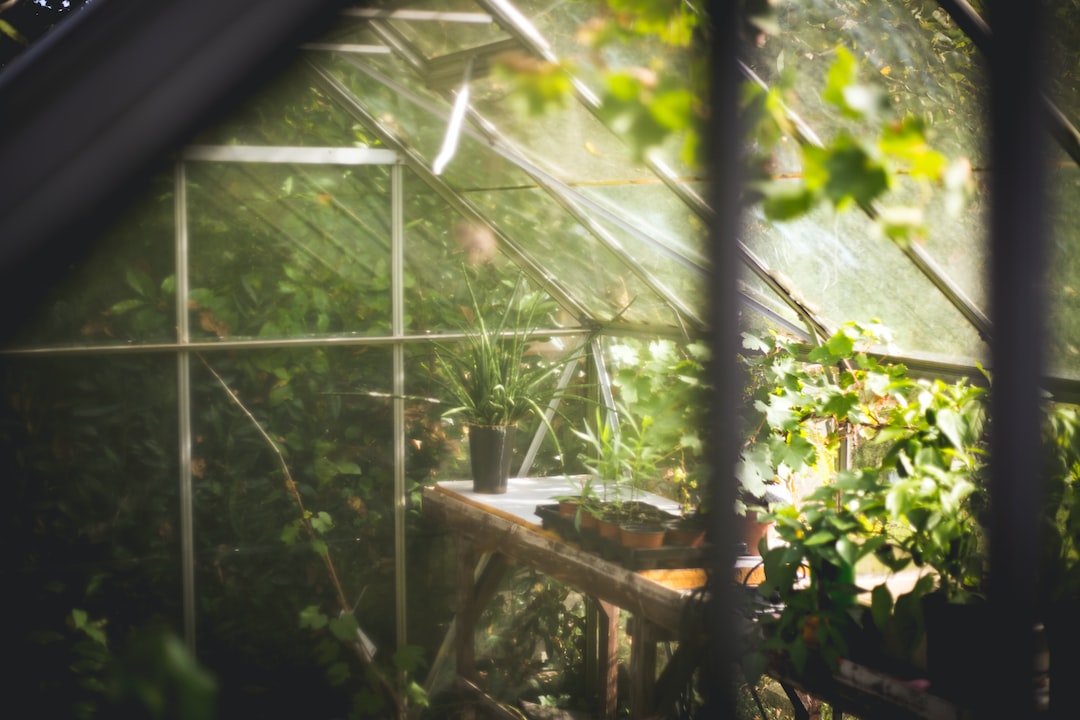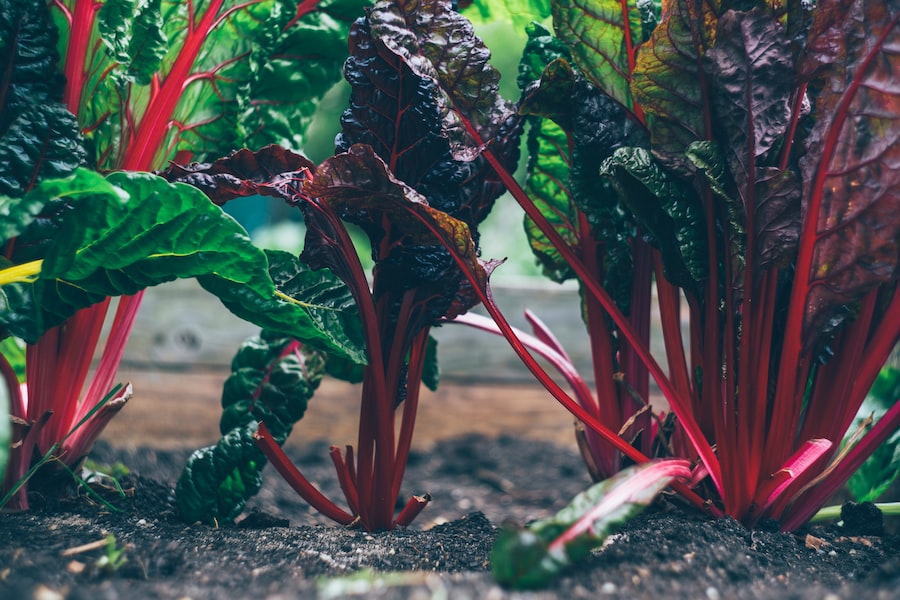Digging Deeper: Can Garden Soil be Used in Pots?

Soil is a crucial component in container gardening. It provides plants with essential nutrients, supports their root systems, and helps regulate moisture levels. When it comes to container gardening, there are two main types of soil to consider: garden soil and potting soil. Understanding the differences between these two types of soil is important for successful container gardening.
Key Takeaways
- Garden soil and potting soil have different compositions and are designed for different purposes.
- Using garden soil in pots can have pros and cons, including potential drainage and aeration issues.
- Choosing the right soil for your plants is important for their health and growth.
- Garden soil can affect drainage and aeration in pots, potentially leading to root rot or other issues.
- Potting soil typically has more nutrients than garden soil, but garden soil can be amended to improve its nutrient content.
Understanding the Differences between Garden Soil and Potting Soil
Garden soil, also known as topsoil, is the natural soil found in your garden. It is composed of a mixture of sand, silt, clay, and organic matter. Garden soil is typically heavier and denser than potting soil, making it less suitable for use in containers. On the other hand, potting soil is specifically formulated for container gardening. It is lighter and more porous than garden soil, allowing for better drainage and aeration.
Pros and Cons of Using Garden Soil in Pots
Using garden soil in pots has its advantages. It is readily available and often free if you have a garden. Garden soil also contains a wide range of nutrients that can benefit plants. However, there are also disadvantages to using garden soil in pots. Its heavy texture can lead to poor drainage and compaction, which can hinder root growth and cause waterlogged conditions. Additionally, garden soil may contain weed seeds, pests, or diseases that can harm your plants.
The Importance of Choosing the Right Soil for Your Plants
| Soil Type | Benefits | Drawbacks |
|---|---|---|
| Clay Soil | Retains moisture well, high in nutrients | Drains poorly, can become compacted |
| Sandy Soil | Drains well, warms up quickly in spring | Low in nutrients, dries out quickly |
| Silt Soil | Retains moisture well, high in nutrients | Can become compacted, drains poorly |
| Loam Soil | Retains moisture well, high in nutrients, good drainage | May be expensive, may require amending |
Choosing the right soil for your plants is crucial for their growth and health. The type of soil you use can impact nutrient availability, water retention, drainage, and aeration. Different plants have different soil requirements, so it’s important to consider their specific needs when selecting soil for container gardening.
Factors to consider when choosing soil for container gardening include the plant’s water requirements, preferred pH level, and nutrient needs. Some plants prefer well-draining soil, while others thrive in moisture-retentive soil. It’s also important to consider the pH level of the soil, as some plants prefer acidic soil while others prefer alkaline soil. Lastly, different plants have different nutrient requirements, so it’s important to choose a soil that provides the necessary nutrients for optimal plant growth.
How Garden Soil Affects Drainage and Aeration in Pots
Drainage and aeration are crucial for the health of plants in containers. Proper drainage allows excess water to escape from the pot, preventing waterlogged conditions that can lead to root rot. Aeration, on the other hand, ensures that there is enough oxygen available to the roots.
Garden soil, with its heavier texture, can hinder drainage and aeration in pots. The particles in garden soil are often compacted, making it difficult for water to flow through and for air to reach the roots. This can lead to waterlogged conditions and suffocate the roots. In contrast, potting soil is specifically formulated to provide better drainage and aeration in containers.
The Nutrient Content of Garden Soil versus Potting Soil

The nutrient content of soil is essential for plant growth and health. Garden soil contains a wide range of nutrients that can benefit plants. However, the nutrient content of garden soil can vary depending on factors such as location, previous use, and organic matter content.
Potting soil, on the other hand, is typically formulated with a balanced blend of nutrients to support plant growth in containers. It often contains added organic matter, such as compost or peat moss, to improve nutrient availability and moisture retention.
Potential Risks of Using Garden Soil in Pots
Using garden soil in pots can come with certain risks. One of the main risks is the presence of weed seeds, pests, or diseases in the soil. Garden soil may contain weed seeds that can germinate and compete with your plants for nutrients and space. It can also harbor pests or diseases that can harm your plants.
Another risk of using garden soil in pots is poor drainage and compaction. The heavy texture of garden soil can lead to waterlogged conditions, which can suffocate the roots and cause root rot. Compacted soil can also hinder root growth and nutrient uptake.
To mitigate these risks, it’s important to take steps to prepare and improve garden soil before using it in pots.
Tips for Preparing Garden Soil for Use in Pots
Before using garden soil in pots, it’s important to take certain steps to prepare it. First, remove any weeds or debris from the soil. This will help prevent weed growth and ensure a clean environment for your plants.
Next, consider amending the soil with organic matter. Adding compost or well-rotted manure can improve the nutrient content and structure of the soil. Organic matter also helps improve drainage and aeration in heavy soils.
Lastly, consider sterilizing the soil to kill any pests or diseases that may be present. This can be done by baking the soil in an oven at a temperature of 180°F (82°C) for 30 minutes. Alternatively, you can solarize the soil by covering it with clear plastic for several weeks during hot summer months.
How to Test Your Garden Soil for Use in Pots
Before using garden soil in pots, it’s important to test its suitability for container gardening. There are several methods for testing garden soil, including pH testing, nutrient testing, and texture testing.
pH testing involves measuring the acidity or alkalinity of the soil. Most plants prefer a slightly acidic to neutral pH range of 6.0 to 7.0. You can use a pH testing kit or send a soil sample to a laboratory for analysis.
Nutrient testing involves measuring the nutrient content of the soil. This can be done through a soil test kit or by sending a soil sample to a laboratory for analysis. Nutrient testing will help determine if the soil contains adequate levels of essential nutrients for plant growth.
Texture testing involves assessing the texture of the soil. Garden soil should have a loose, crumbly texture that allows for good drainage and aeration. You can perform a simple texture test by squeezing a handful of soil. If it forms a tight ball that doesn’t crumble easily, it may be too heavy for use in pots.
Alternatives to Garden Soil for Container Gardening
If garden soil is not suitable for use in pots, there are several alternatives available. One option is to use commercial potting soil, which is specifically formulated for container gardening. Potting soil is lightweight, well-draining, and often contains added nutrients to support plant growth.
Another alternative is to create your own potting mix using a combination of ingredients such as compost, peat moss, perlite, and vermiculite. This allows you to customize the mix to meet the specific needs of your plants.
Other alternatives include using coconut coir, which is a sustainable and renewable alternative to peat moss, or using hydroponic growing media such as expanded clay pellets or rockwool.
Best Practices for Using Garden Soil in Pots
If you choose to use garden soil in pots, there are several best practices to follow to ensure optimal plant growth and health. First, make sure to choose pots with drainage holes to allow excess water to escape. This will help prevent waterlogged conditions that can harm the roots.
Next, consider adding a layer of gravel or broken pottery at the bottom of the pot before adding the soil. This will further improve drainage by creating a space for excess water to collect.
When planting in pots, make sure to leave enough space between plants to allow for proper root development. Overcrowding can lead to competition for nutrients and hinder plant growth.
Lastly, monitor the moisture levels of the soil regularly and water as needed. Garden soil in pots may dry out more quickly than in the ground, so it’s important to water regularly to prevent drought stress.
In conclusion, soil is a crucial component in container gardening. Understanding the differences between garden soil and potting soil is important for successful container gardening. While garden soil has its advantages, such as being readily available and containing a wide range of nutrients, it also has disadvantages, such as poor drainage and the potential for weed seeds or pests.
When choosing soil for container gardening, it’s important to consider the specific needs of your plants. Factors such as water requirements, pH level, and nutrient needs should be taken into account. If garden soil is not suitable for use in pots, there are several alternatives available, such as commercial potting soil or creating your own potting mix.
By following best practices and taking steps to prepare and improve garden soil, you can successfully use it in pots for optimal plant growth and health.



